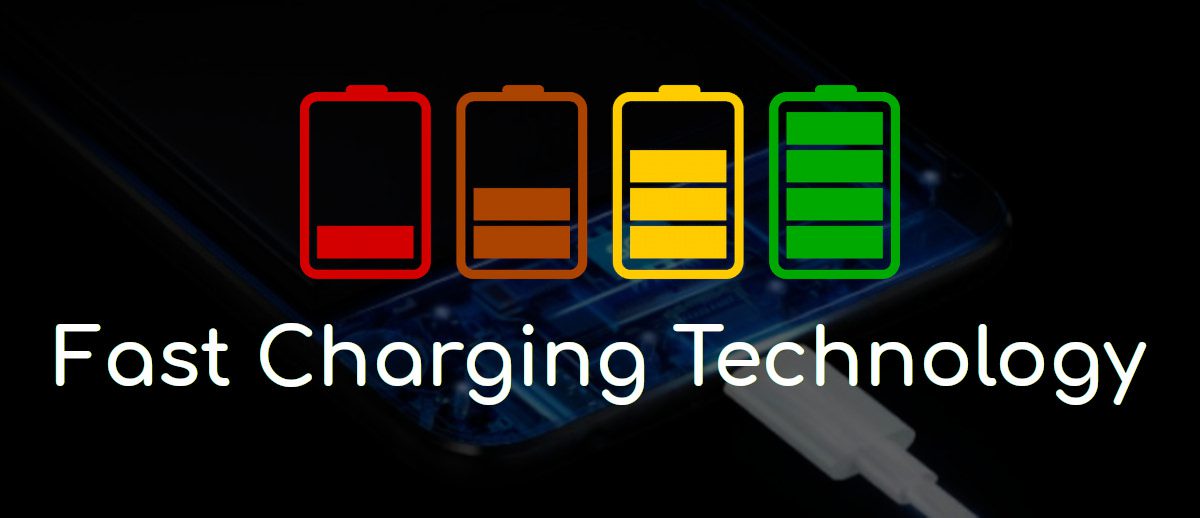Fast charging technology is a feature that allows mobile devices, such as smartphones and tablets, to charge their batteries in a shorter time than conventional chargers. Fast charging technology is also used for electric vehicles, such as cars and bikes, to reduce the downtime and increase the range. Fast charging technology has become more popular and widespread in recent years, as it offers convenience and efficiency for users. However, fast charging technology also has some drawbacks and limitations that users should be aware of. In this blog, we will discuss the pros and cons of fast charging technology.

Pros: Benefits and Advantages of Fast Charging Technology
- Time-saving: One of the main benefits of fast charging technology is that it saves time for users. Fast charging technology can charge a device’s battery up to 50% or more in just 15 to 30 minutes, depending on the device and the charger. This is much faster than conventional chargers, which can take hours to fully charge a device. Fast charging technology is especially useful for users who have busy schedules or travel frequently, as they can quickly top up their devices whenever they have access to a power outlet or a fast charging station.
- Increased range: Another benefit of fast charging technology is that it increases the range of electric vehicles. Fast charging technology can extend the driving distance of electric vehicles by providing them with more power in a shorter time. This is important for users who want to travel long distances or avoid range anxiety. Fast charging technology also enables electric vehicles to compete with conventional vehicles that run on fossil fuels, as they can reduce the gap in refueling time and availability.
- Failsafe mechanisms: A third benefit of fast charging technology is that it includes failsafe mechanisms to protect the devices and the batteries from damage. Fast charging technology involves higher currents and voltages than conventional charging, which can generate more heat and stress on the devices and the batteries. To prevent overheating, power surge, and explosion, fast charging technology uses hardware and software mechanisms, such as temperature sensors, voltage regulators, and charge controllers, to monitor and control the charging process. Fast charging technology also stops or slows down the charging when the battery reaches a certain level of charge, usually around 80%, to avoid overcharging and prolong the battery life.

Cons: Drawbacks and Disadvantages of Fast Charging Technology
- Battery degradation: One of the main drawbacks of fast charging technology is that it degrades the battery life faster than conventional charging. Fast charging technology causes more wear and tear on the battery, as it exposes it to higher temperatures and stresses. This can reduce the battery capacity and performance over time, making it less efficient and reliable. Fast charging technology also shortens the number of charge cycles that the battery can withstand, meaning that it will need to be replaced sooner. Some studies have shown that fast charging technology can reduce the battery life by up to 20% compared to conventional charging.
- Environmental impact: Another drawback of fast charging technology is that it has a negative environmental impact. Fast charging technology consumes more energy than conventional charging, as it requires more power to charge the devices and the batteries faster. This can increase the carbon footprint and greenhouse gas emissions of the devices and the electric vehicles, especially if the electricity comes from non-renewable sources, such as coal and natural gas. Fast charging technology also contributes to more electronic waste, as it accelerates the battery degradation and replacement, creating more discarded batteries that need to be disposed of or recycled.
- Infrastructure and compatibility: A third drawback of fast charging technology is that it faces challenges in terms of infrastructure and compatibility. Fast charging technology requires special chargers and cables that can support the higher currents and voltages. These chargers and cables are not widely available and accessible, especially for electric vehicles, as they need to be installed and maintained in public places, such as roads and parking lots. Fast charging technology also suffers from a lack of standardization and interoperability, as different manufacturers and brands use different protocols and specifications for their fast charging technology. This can create confusion and inconvenience for users, as they may not be able to use their devices or electric vehicles with any fast charger, or they may need to use adapters or converters to make them compatible.
Conclusion
Fast charging technology is a useful and convenient feature that allows users to charge their devices and electric vehicles faster and easier. Fast charging technology has many benefits, such as time-saving, increased range, and failsafe mechanisms. However, fast charging technology also has some drawbacks, such as battery degradation, environmental impact, and infrastructure and compatibility. Users should weigh the pros and cons of fast charging technology before using it, and follow the best practices and tips to optimize their charging experience and extend their battery life.

